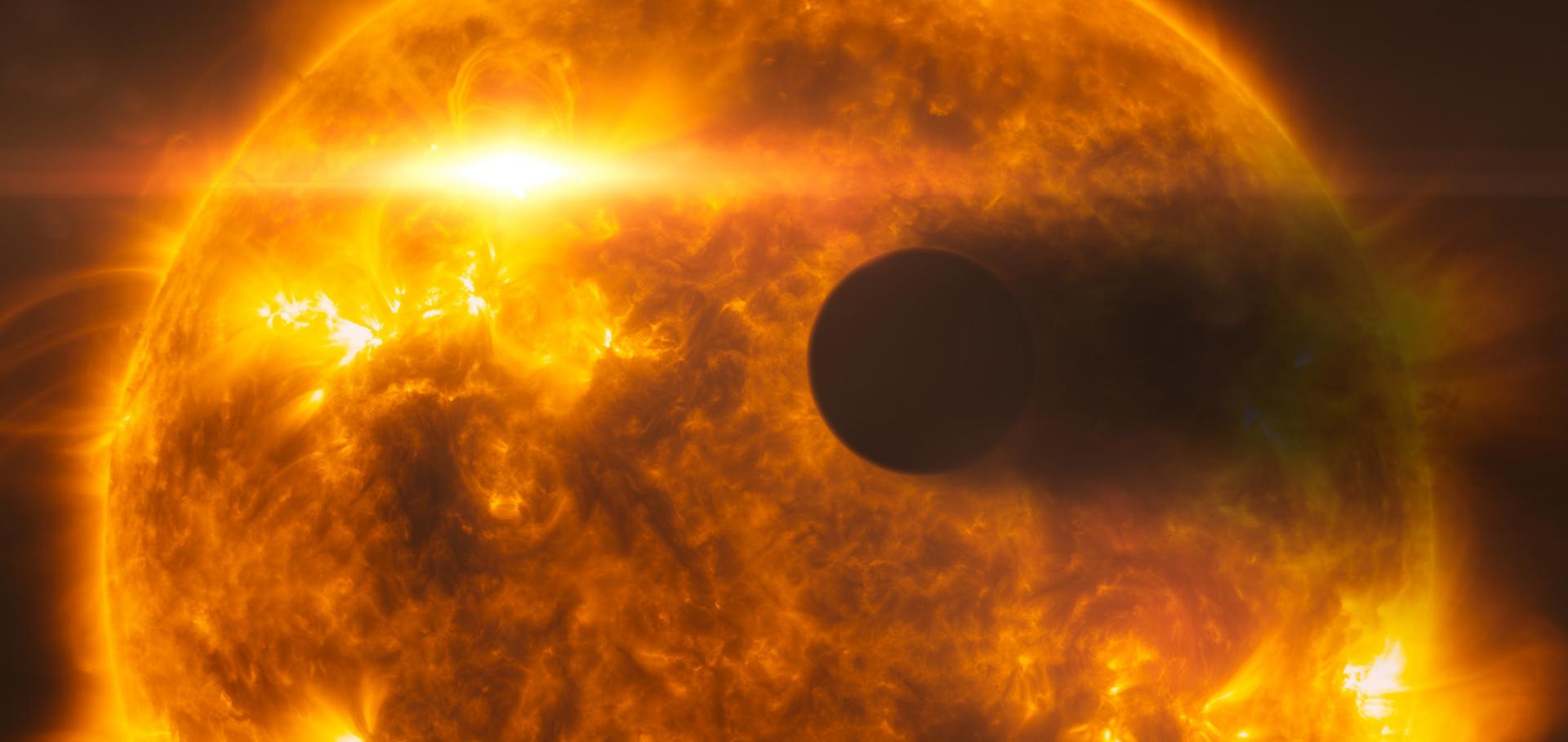The GTC exoplanet transit spectroscopy survey II: An overly-large Rayleigh-like feature for exoplanet TrES-3b
(2015)
Photometry of Very Bright Stars with Kepler and K2 Smear Data
(2015)
A Gaussian process framework for modelling stellar activity signals in radial velocity data
Monthly Notices of the Royal Astronomical Society Oxford University Press (OUP) 452:3 (2015) 2269-2291
Exoplanet Transmission Spectroscopy using KMOS
Monthly Notices of the Royal Astronomical Society Oxford University Press 453:4 (2015) 3875-3885
Abstract:
KMOS (K-Band Multi Object Spectrograph) is a novel integral field spectrograph installed in the VLT's ANTU unit. The instrument offers an ability to observe 24 2.8"$\times$2.8" sub-fields positionable within a 7.2' patrol field, each sub-field producing a spectrum with a 14$\times$14-pixel spatial resolution. The main science drivers for KMOS are the study of galaxies, star formation, and molecular clouds, but its ability to simultaneously measure spectra of multiple stars makes KMOS an interesting instrument for exoplanet atmosphere characterization via transmission spectroscopy. We set to test whether transmission spectroscopy is practical with KMOS, and what are the conditions required to achieve the photometric precision needed, based on observations of a partial transit of WASP-19b, and full transits of GJ 1214b and HD 209458b. Our analysis uses the simultaneously observed comparison stars to reduce the effects from instrumental and atmospheric sources, and Gaussian processes to model the residual systematics. We show that KMOS can, in theory, deliver the photometric precision required for transmission spectroscopy. However, this is shown to require a) pre-imaging to ensure accurate centering and b) a very stable night with optimal observing conditions (seeing $\sim$0.8"). Combining these two factors with the need to observe several transits, each with a sufficient out-of-transit baseline (and with the fact that similar or better precision can be reached with telescopes and instruments with smaller pressure,) we conclude that transmission spectroscopy is not the optimal science case to take advantage of the abilities offered by KMOS and VLT.Transiting exoplanets from the CoRoT space mission XXVIII. CoRoT-33b, an object in the brown dwarf desert with 2:3 commensurability with its host star
(2015)


